With the development of science and technology and the maturity of technology, the lithium-ion battery is more and more widely used. The lithium-ion battery has the advantages of high single voltage, relative light mass, and environmental friendliness, but after multiple cycle charges of charge and discharge cycle, there will be a decrease in battery capacity and other performance. The faster the battery capacity decays under the same conditions, the lower the battery quality. The cycle performance of lithium-ion batteries is an important measure of their quality, and many of the standards for lithium-ion batteries have a cycle life program.
The lithium-ion battery charge and discharge cycle process is a complex physical-chemical reaction process, its cycle life factors are many. On the one hand, it is related to the characteristics of the battery itself, such as design, manufacturing process, and material performance degradation, on the other hand, it is related to the use of the battery by external influences, such as the use of the environment and charge and discharge system. The factors affecting the cycle life of lithium-ion batteries are analyzed below.
Lithium-ion batteries are mainly composed of positive and negative materials, electrolytes, diaphragms, collective fluids, and battery housings, and positive and negative polar materials consist of two different lithium-ion embedded compounds. When charging, the li-ion is removed from the positive pole and embedded in the negative pole through the diaphragm through the electrolyte, which is the opposite when discharged. During the first charge and discharge of a lithium-ion battery, a passivation film can be formed on the phase interface of the negative pole and the electrolyte. It acts as a diaphragm between the electrode and the electrolyte, is an electronic insulator but an excellent conductor of lithium ions, lithium ions can be freely embedded and released through the passivation layer, with the properties of a solid electrolyte, so this blunted film is called "solid electrolyte interface membrane" (solid electrolyte interface membrane) interface), referred to as SEI membrane.
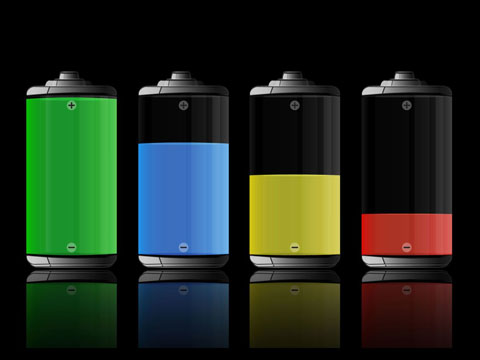
Analysis Of The Factors Influencing The Cycle Life Of Lithium-ion Batteries
in News

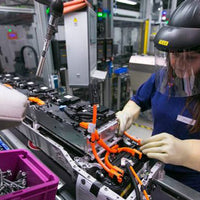
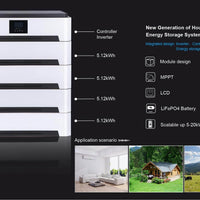
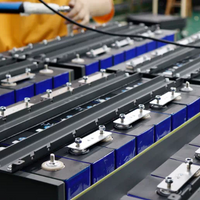
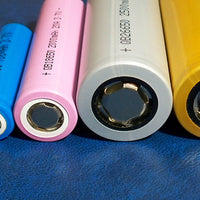
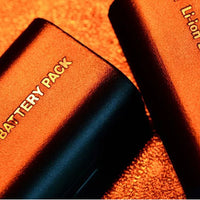
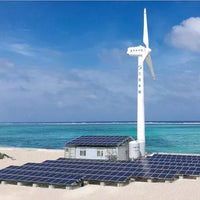
0 comments